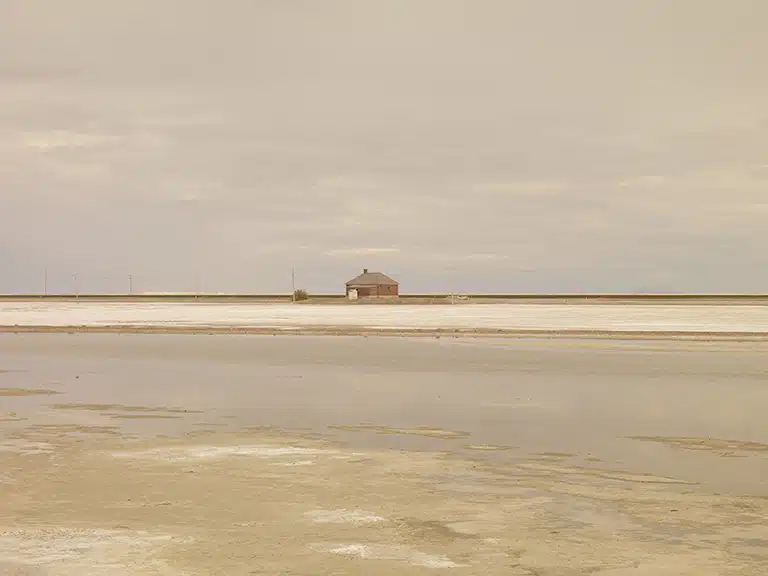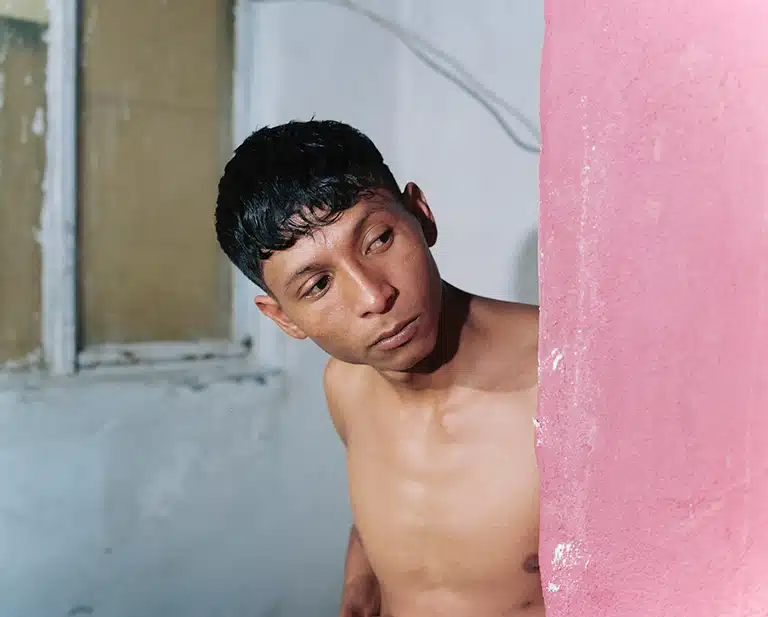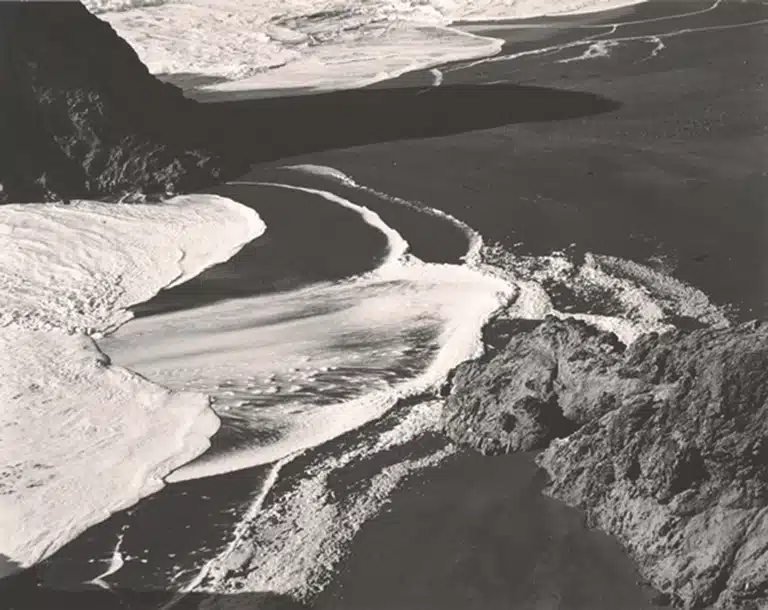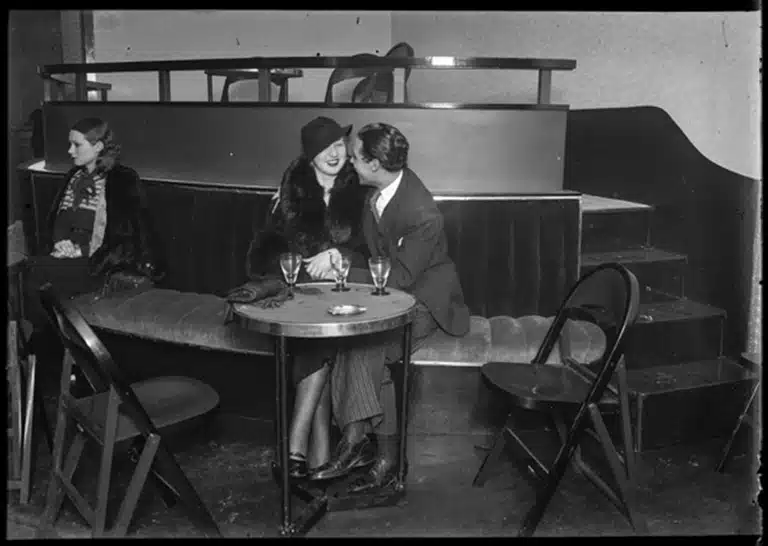Jitka Hanzlová
MAY.31.2012 ──────── SEP.02.2012
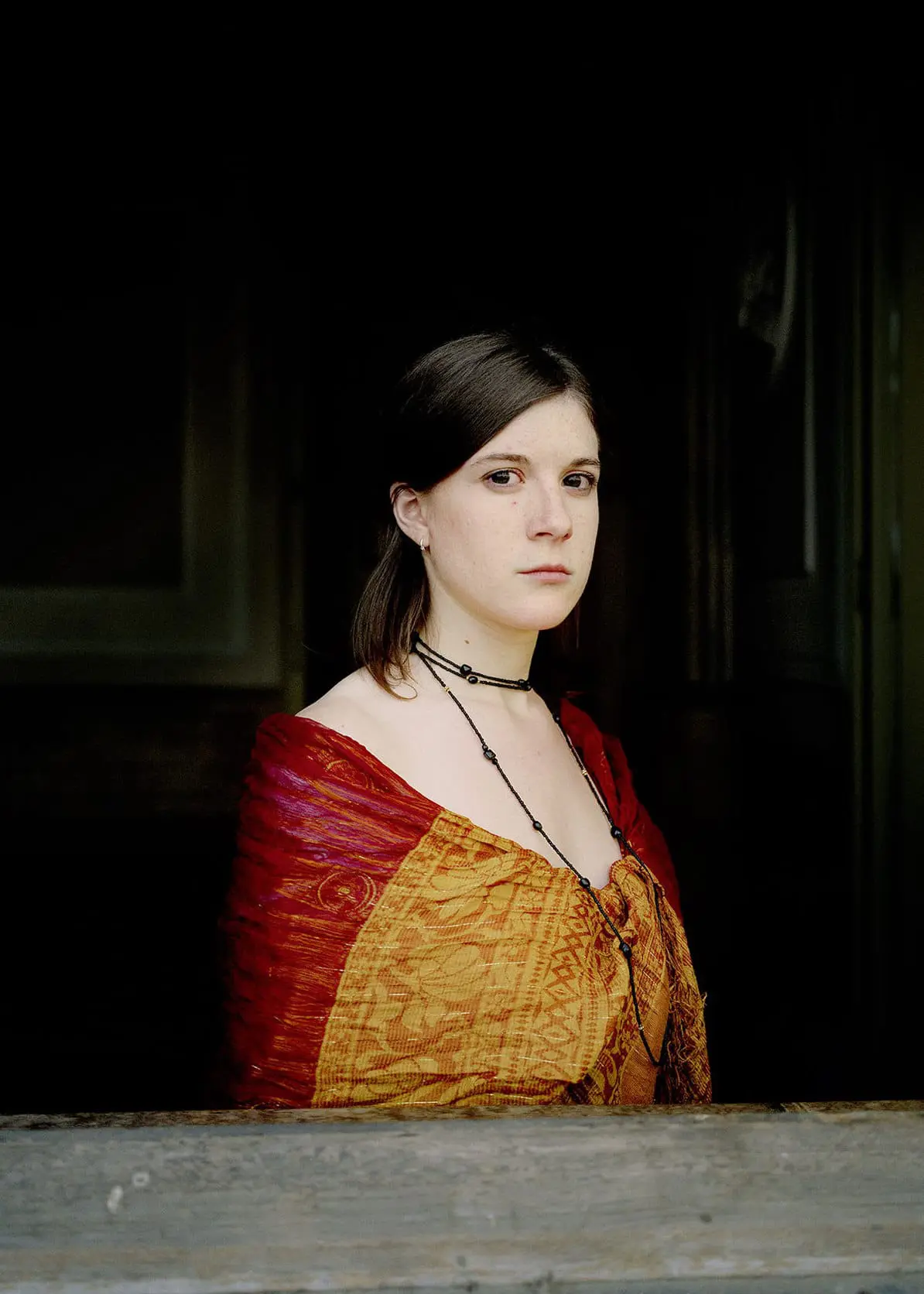
Jitka Hanzlová
Francesca, 2007
© Jitka Hanzlová
© Colecciones Fundación MAPFRE
The exhibition
Jitka Hanzlová, born in the Czech Republic in 1958 was forced to flee her country when she was 24 years old to escape its communist regime. Her status as an exile profoundly affected her work: a constant investigation into the relationship between the individual and the context in which he or she lives and how this shapes their identity.
Jitka Hanzlová’s photographs seek to capture that which defines a person, nature and objects, in order to highlight their relationship and the invisible tension between them through direct, searingly honest and intense images.
Hanzlová organizes her work around different series in which she reflects on her own life experiences, offering her personal vision of certain spaces or exploring how diverse themes have been represented in the history of art.
This project brought together nine of these series, in chronological order, with a total of 142 photographs and involving the painstaking work of constructing links between current and older photographs in order to offer a coherent reading of her last 20 years of work. Incidentally, all her photographs were exhibited in portrait mode.
- Rokytnik (1990-1994) is the village Hanzlová grew up in and where her family still live. She went into exile in 1982 and only returned in 1990. In this series the motifs that have marked her work begin to appear: portraits, snapshots of animals and landscapes and images of everyday life.
- Bewohner (1994-1996) Confronted with nature and rural life, the images from Bewohner, meaning inhabitant in German, bring to light the loneliness, the isolation and the loss of roots in big cities.
- Brixton (2002) The photographer plays the role of witness to an era and to a certain environment, in which domestic and urban objects and the people inhabiting these spaces intermingle.
- Forest (2000-2005) marked a complete change in her photography style: nature displaces man and the forests of her childhood take a leading role.
- Here (1998, 2008-2010). In the same way as some of her photos from Bewohner, the city of Essen becomes the protagonist once again, this time to demonstrate the juxtaposition of human beings and nature, of urban development and the countryside.
- Cotton Rose (2004-2006). Resulting from a trip to Japon, Hanzlová reveals Japanese nature, people and architecture, through restful and intense images in which man is in harmony with his surroundings.
- There is Something I Don’t Know (2000-2012). Hanzlová settles into the Renaissance tradition which sought to describe an individual’s personal traits through their physiognomy. The most recent shots from this series were taken in Madrid and produced by Fundación MAPFRE for this exhibition.
- Horses (2007-2012). Hanzlová has always been interested in horses since she was a child. For her, they hold up a mirror to the humans around them, offering her an image of her own self in order to complete or build her own identity.
- Flowers (2008-2012), a series which is still underway, links the tradition of the still lifes of flowers which, by way of a memento mori, remind us of that life always comes to an end, and of the perennial nature of death.
